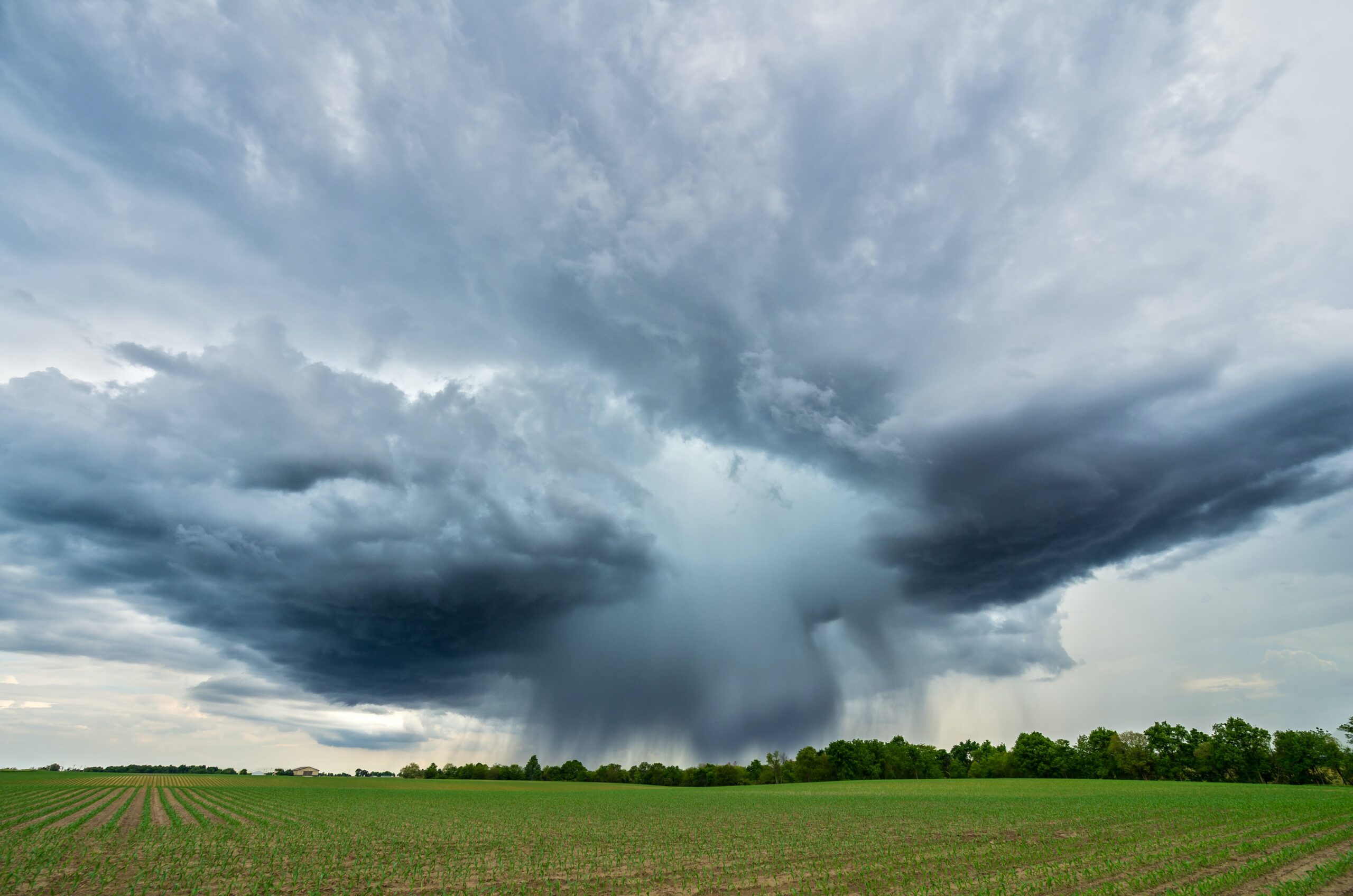In the year 2022 alone, the United States witnessed 18 severe weather-specific calamities that cost the nation a whopping 17.8 billion. Last year, the country witnessed a major drought, a flood, a severe storm during the winter, 11 other unexpected storm-based disasters, a disastrous wildfire, and three devastating tropical cyclones. Since 1981, the country has witnessed 341 such events and it has cost the U.S. $2.475 trillion to address the disasters.
When severe weather impacts the U.S., what are the energy production implications?
Every time, there is a change in the overall sea level, the degree and intensity of natural calamities will impact the total amount of energy production, delivery, and consumption. This doesn’t just apply to the United States but to the entire world. Energy drives our lives. From morning to night, the role of energy is undeniable. The biggest energy specific products include our lighting, heating, and cooling units. Next, we also use many fuels to charge our vehicles, heat things up and prepare meals. The overall production of energy will also depend on how much water we consume, our overall population growth, economic development, the intensity with which we use a range of goods and services, and how frequently we transport among other factors.
As we produce and use more energy, the majority of which is generated from fossil fuels, we end up invoking transformations in climate patterns. The U.S. alone is responsible for 84% of greenhouse gases that cause climate change.
Temperature and energy demands are interlinked because with increasing temperature comes an increasing demand for energy which in turn affects our energy production capacities. When the climate is warm enough, our need for energy naturally spikes up and the energy consumption over air conditioning spikes up. Likewise, the demand for natural gas and natural gas based products is low at this point.
What is the effect on energy (electricity, gas) costs?
Adverse weather conditions adversely impact every component of an electric grid starting from the production of electricity to the final use. When the temperatures increase, the availability of water is low, storms ravage the nation, the sea levels in the U.S. witnesses a rise which in turn affects electricity generation from the electric grid. At this time, the electricity grid can no longer generate high amounts of electricity from available fossil fuels.
In the U.S., the majority of the electricity based infrastructure is designed to withstand adverse climates. Because of their significantly long lifespans, electric units witness adverse weather and climate more than anything else. Every time the nation has a dangerous weather event that will further climate change and electric components may not perform as desired the longer the event continues.
Blizzards, thunderstorms, floods, rain, and global warming
The price of both natural gas and electricity is interlinked with changing weather. Every time the nation witnesses a heat wave, it comes with multiple pricing concerns. But heat waves aren’t the only culprit. In addition to heat waves, you will find some of the most severe and coldest storms that end up affecting the overall demand structure of energy. Over time this leads up to unnaturally spiking up the prices of fuel.
When severe weather strikes how much does it affect the cost of energy?
Weather changes significantly spike up energy costs. In 2022, for instance, the overall price across electricity trading hubs was more than in 2021. The same applies to Texas where the severe storms completely changed projected electricity prices.
In July 2022, Texas witnessed one of the biggest heatwaves and that led up to high electricity demand. The wind power plants at this time didn’t perform as expected and the electricity production was minimal for the days to come. Herein entered natural gas that produced significantly more energy than wind turbines. The result? Natural gas prices soared to $182 MWh in July.
Two months later, in September, the United States witnessed yet another heatwave that spiked the prices of electricity. The event started in the Northwestern parts of the United States and within a couple of days, the electricity production in Columbia was extremely high. California was in an equally detrimental state and even though it generated electricity with natural gas the overall electricity prices went up to a whopping $134 MWh for the specific month.
December witnessed significantly cold weather and many areas were devastated by winter storms. The Pacific Northwest region took the worst hit with electricity prices going up to $300 MWh. Because the weather in December was colder than usual, there was an increased demand for fossil fuels eventually ramping up natural gas generation. In the Western hubs alone, the prices of natural gas increased tenfold compared to the national benchmark.
Eventually, even with mild temperatures in place, the production of natural gas was significantly altered. Combined with heatwaves in the September and early days of November, the price of natural gas started to spike yet again. Electricity prices were also high because coal was no longer as readily available, and this also led up to high prices of alternative fossil fuels.
2022 also witnessed some of the highest shortages in railroad workers and coal mine labor. This led to limited production of coal over the summer and thus the utility operators had no other option but to shift from cheaper coal to the more natural gas. The result? Yet another case of high electricity and fossil fuel prices.
Bottom Line
Given the impact of adverse weather on energy costs, the U.S. is now focused on getting electricity utility planners to launch thorough environmental risk assessments and develop comprehensive plans which will potentially make the U.S. more resilient to climate change. Adding data regarding transforming climate conditions to a consistent and long-term planning method may pave the road to improved sustainability.
What Does This Mean to Me?
To learn about how future energy prices will affect your business, contact Brilliant Source Energy for a comprehensive evaluation.
Contact Us
"*" indicates required fields






